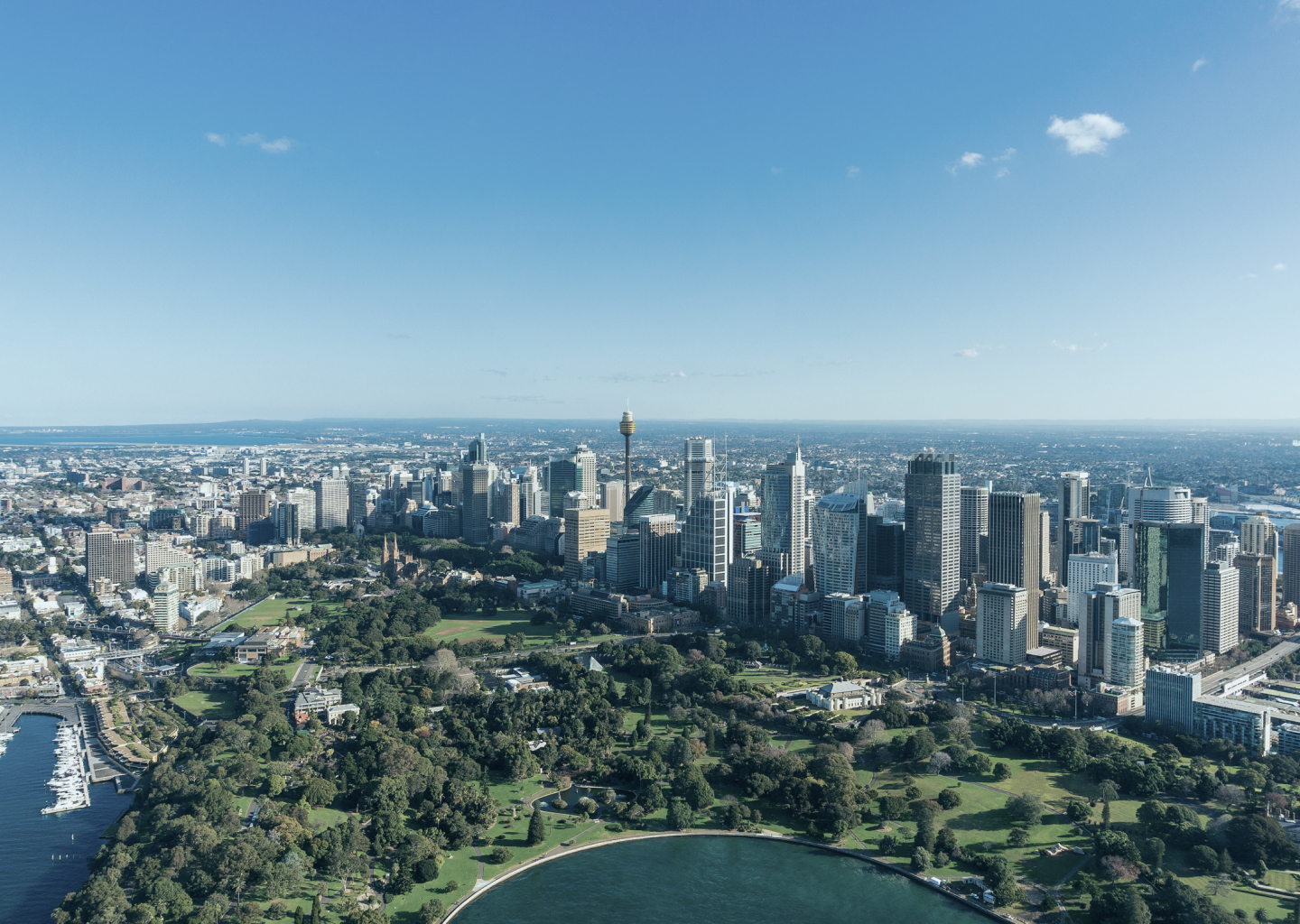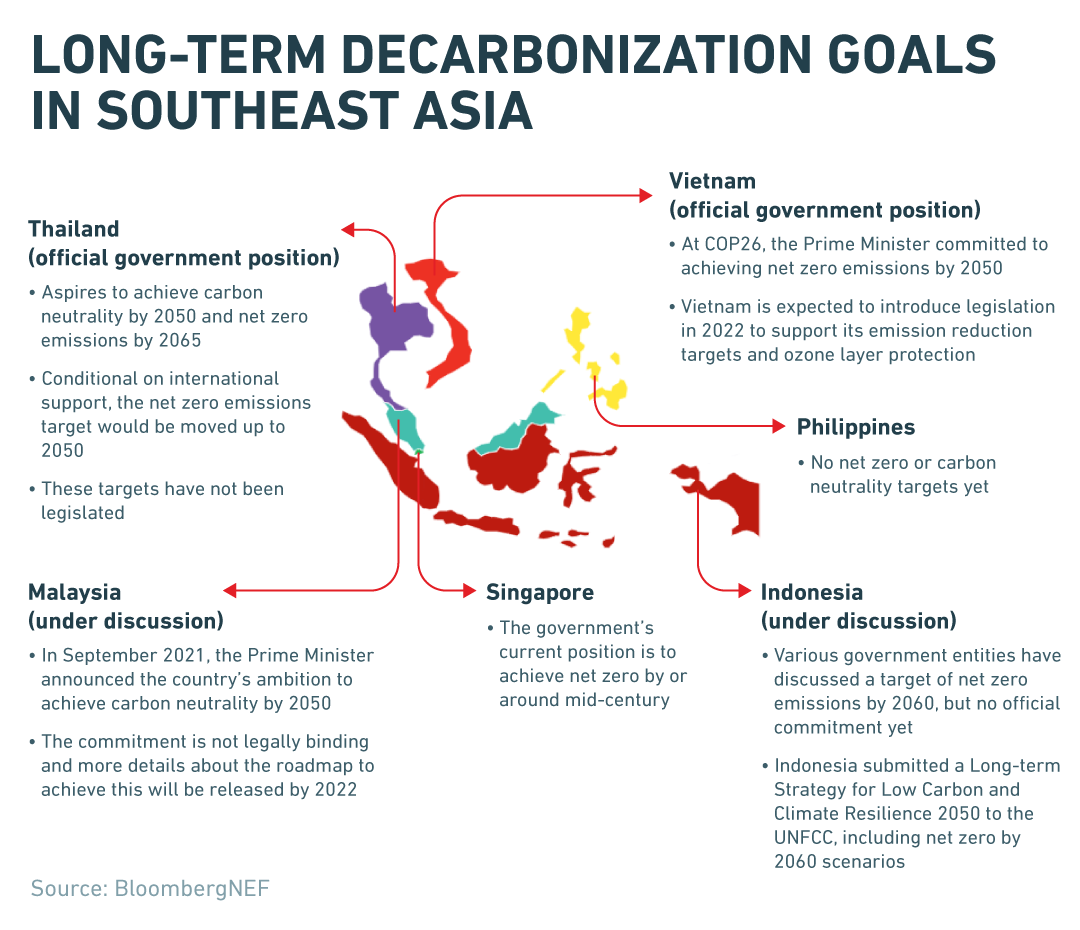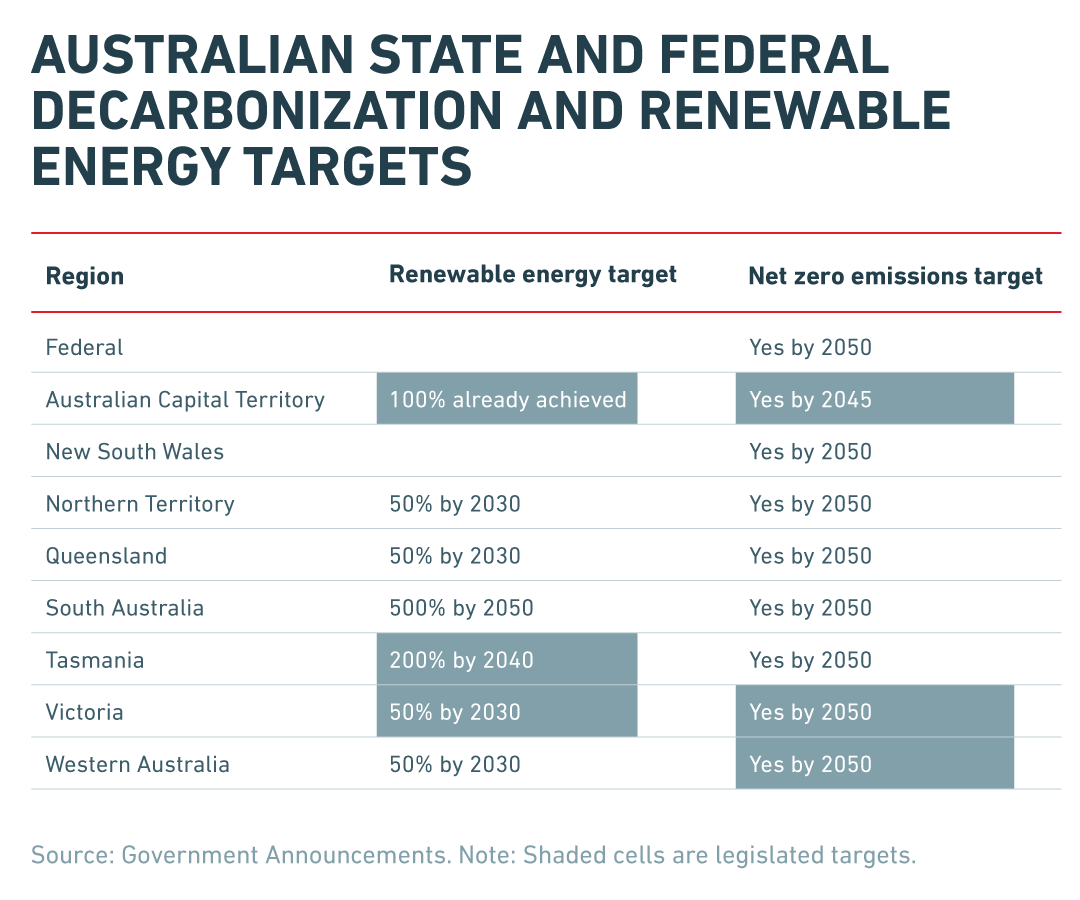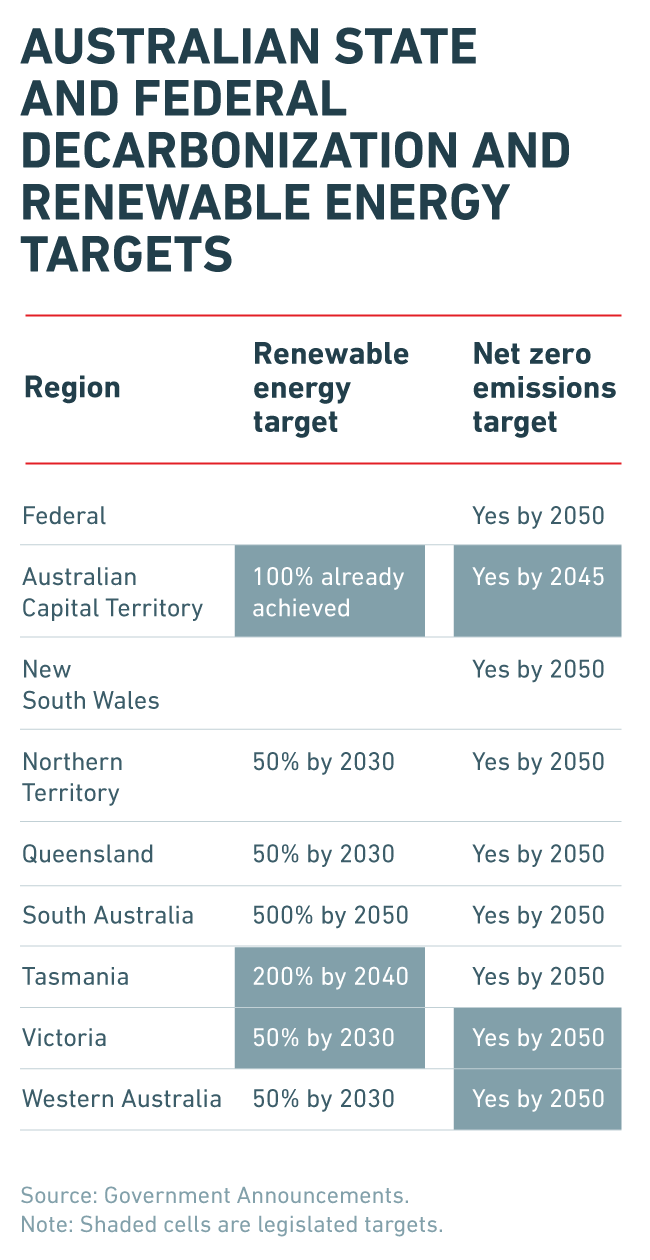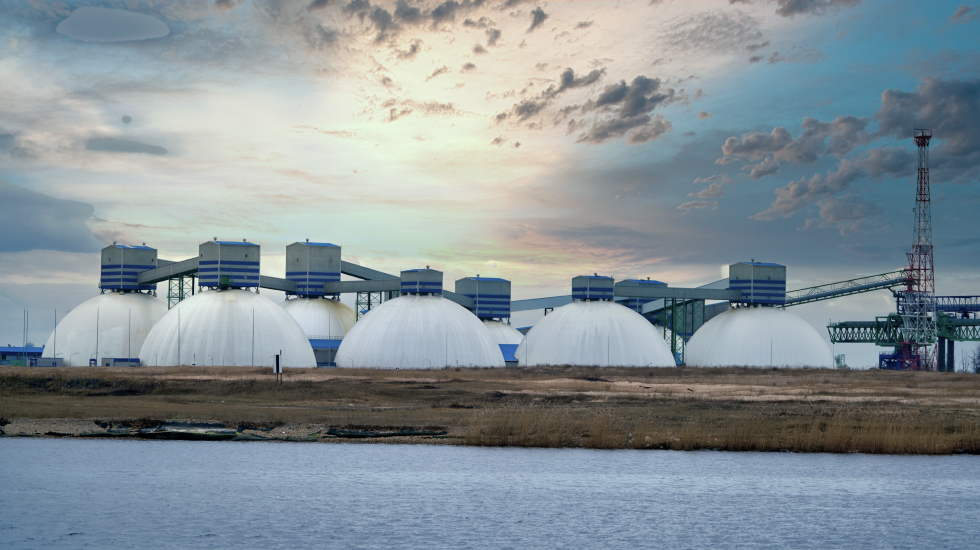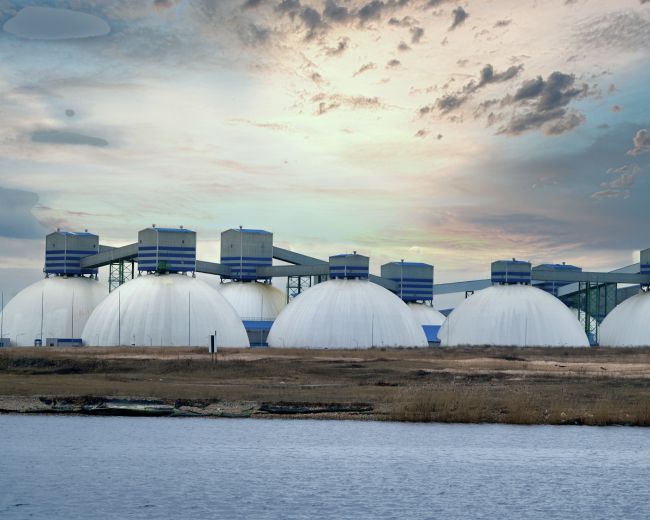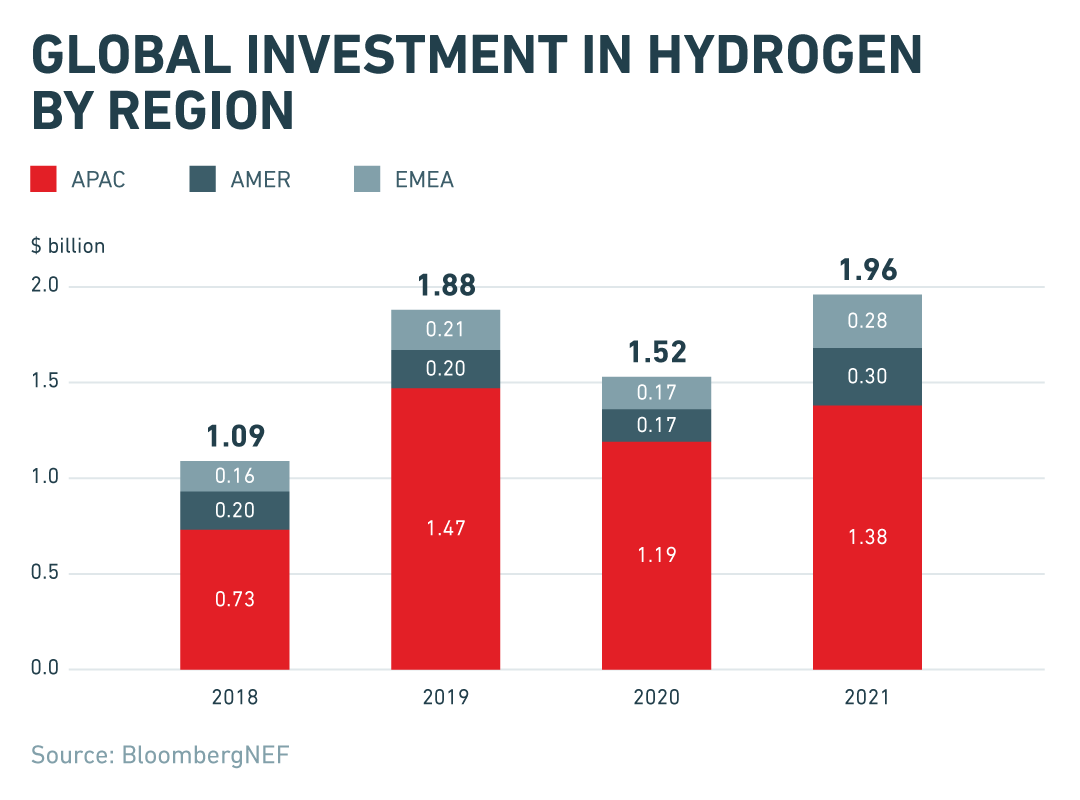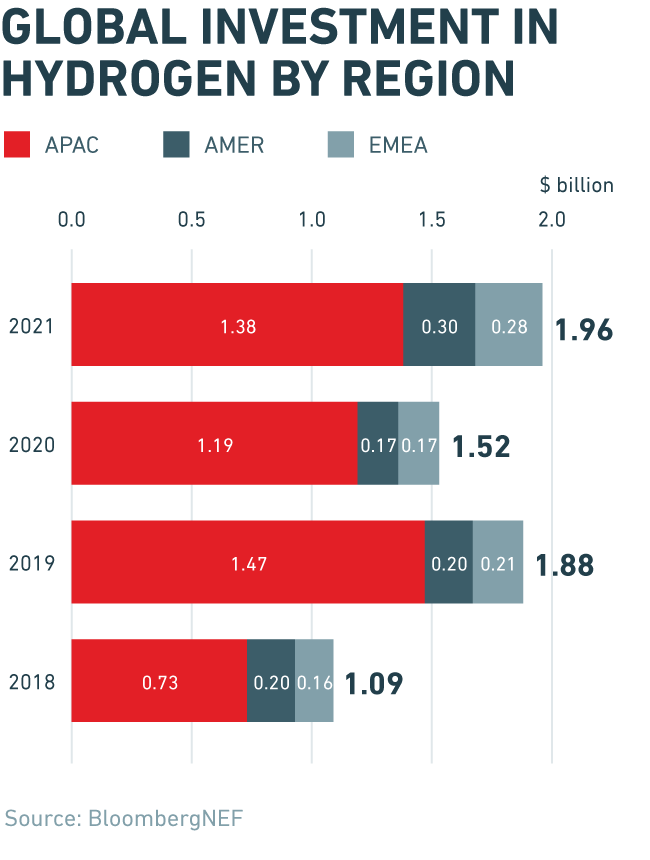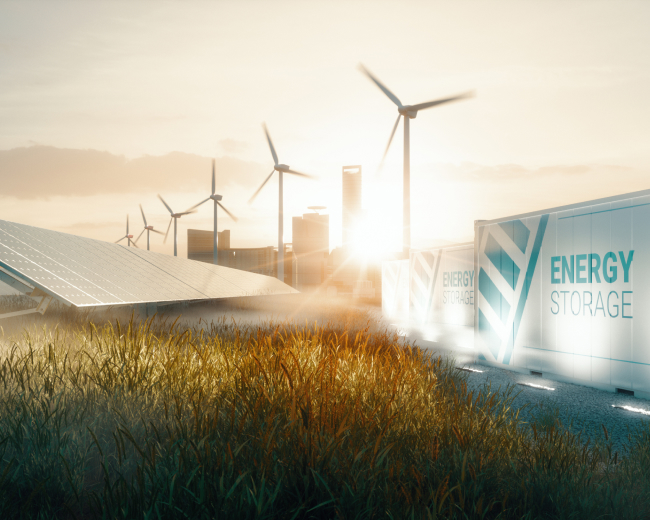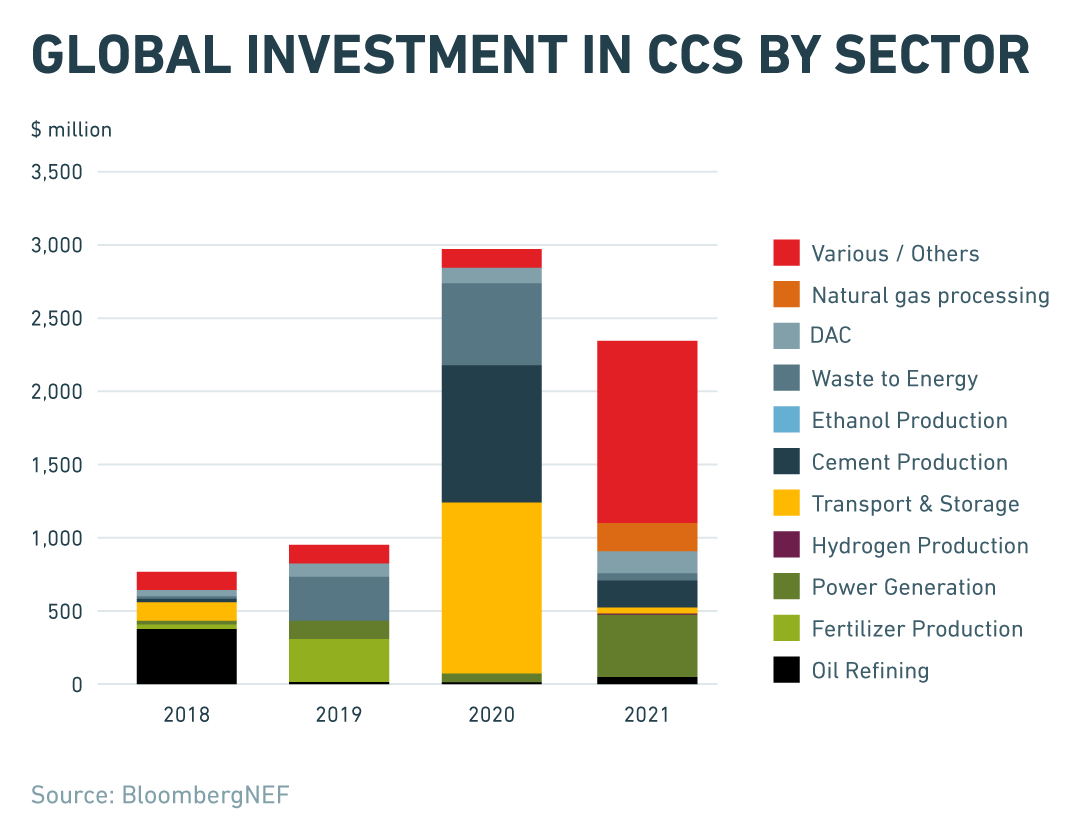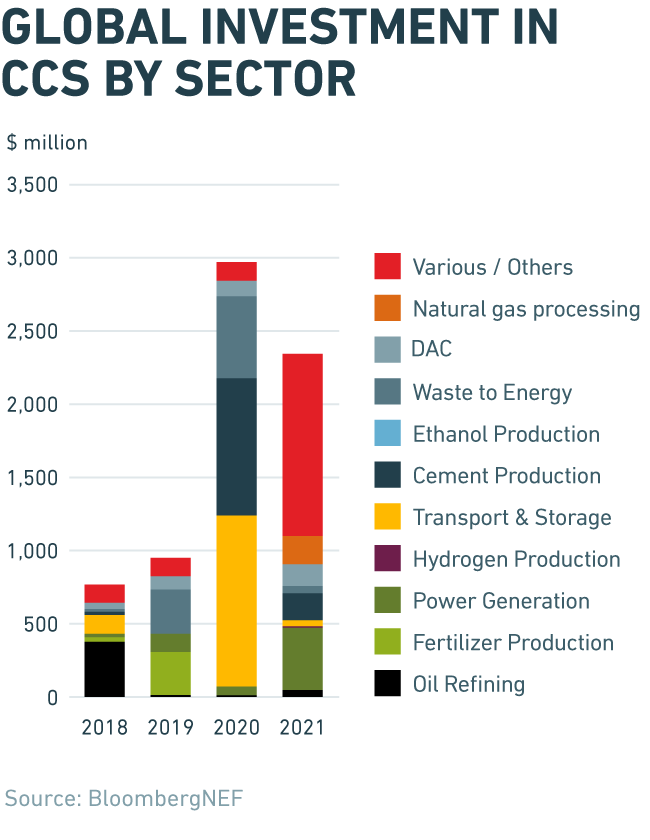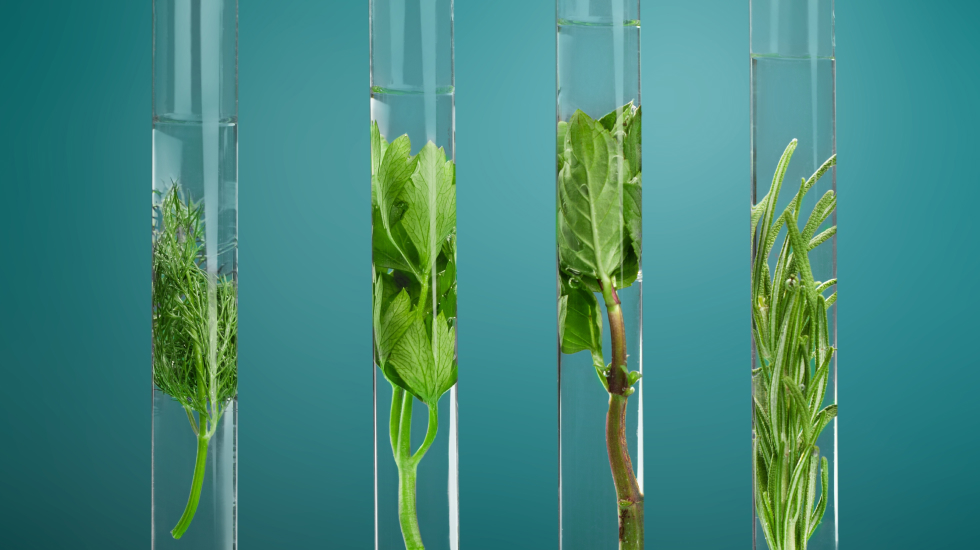Published March 22, 2022
The Asia Pacific (APAC) region plays a central role in the battle against climate change. Responsible for more than half of global CO2 emissions,1 the region must swiftly reduce its reliance on coal and fully embrace decarbonization.
Governments, businesses and investors across APAC have taken the need for urgent action to heart. They invested a record US$368 billion to facilitate the energy transition in 2021, up 38% from the year before.2 While strong momentum bodes well, the region’s economies face unique challenges and needs. In turn, accelerating the energy transition requires a diverse range of solutions. Mitsubishi Heavy Industries (MHI) Group has the technology to support this transition.

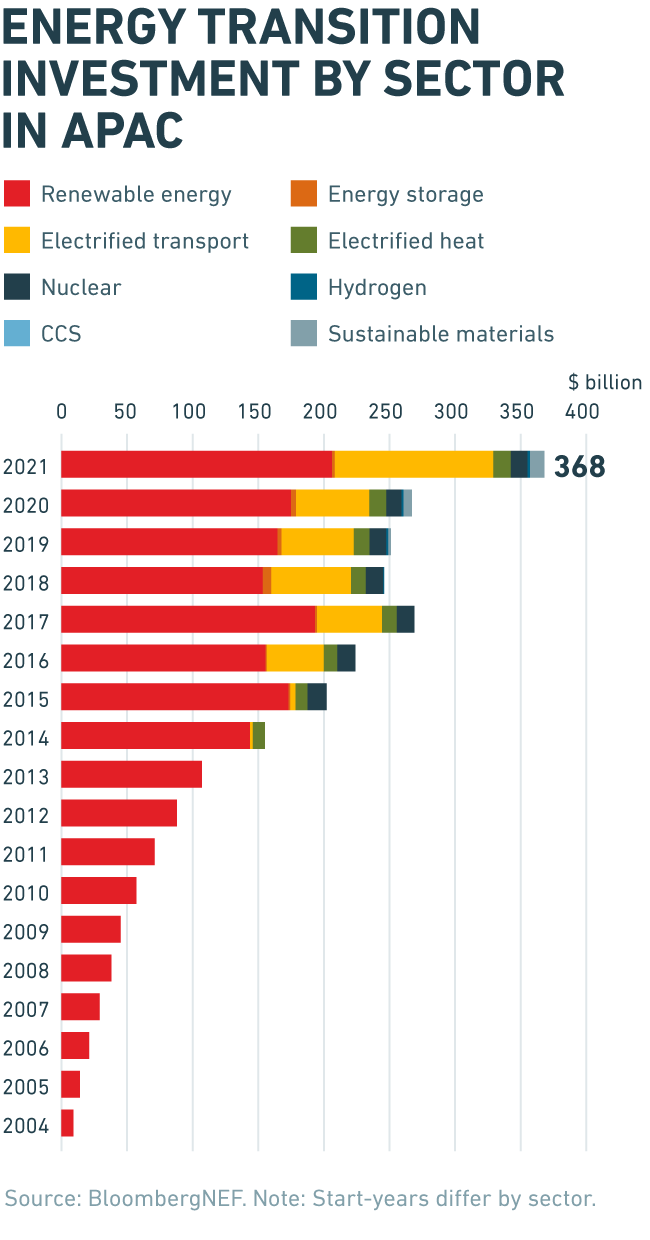
Grouping countries into three broad categories provides prospective. Phase 1 countries are in the early stages of the energy transition. They rely heavily on coal and thermal power. Phase 2 countries have already transitioned to gas and are setting aggressive renewable energy targets. And Phase 3 countries are at advanced stages of the transition and well positioned to export green energy.
A closer look at the present situation in a handful of APAC countries outlines potential decarbonization pathways.
